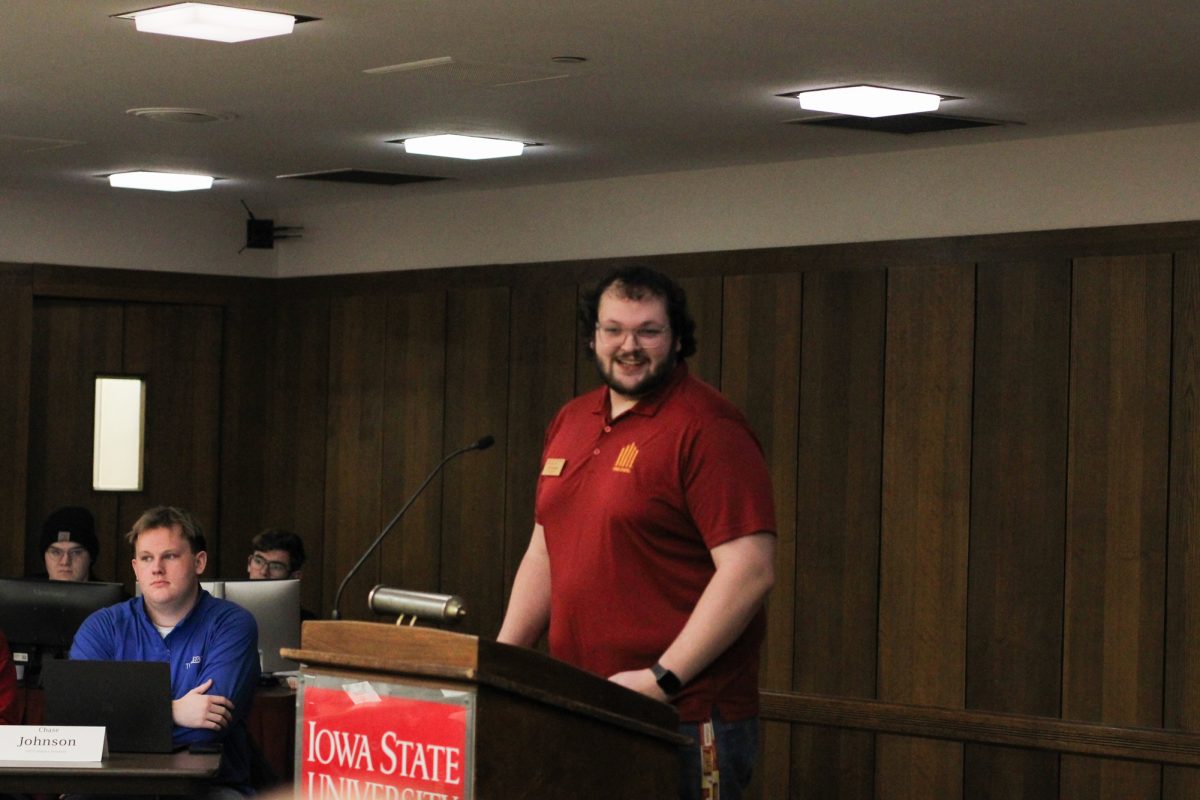Return to hard news, balance needed
October 13, 1997
Journalism has lost its focus, perhaps even its integrity. In an age when information is immediately available to millions, it becomes paramount that journalism, as a profession, defines its mission.
Recently, the press has come under tremendous scrutiny the world over due to its questionable coverage of events ranging from the life of a high-profile princess to the actions of a local activist. In America, specifically, there has been discontent for years over the methods used by journalists to cover current events.
Truly, the written word, print journalism specifically, has come to a crossroads. Television has been infringing on the audience of printed news for years, threatening its ability to make money and further diminishing its power as the source of news in America.
Over the past 10 years, the Internet has risen as a giant in the dissemination of information. The Internet today is in the place CNN was in 1985: the source for the most up-to-date information.
Often the presentation of “news” on the Internet is the most appealing, for it is instantaneously available and easily understood. The problem with the Internet is that this source of information is not always reliable, and it is hard tell whether news is being reported without bias, or with all the pertinent facts.
As the Internet and television have grown rapidly in importance, print journalism has struggled to keep pace. Pick up any local or national newspaper today and compare it to the same newspaper printed 10 years ago. The differences are startling.
Perhaps the most immediate difference is in visual presentation. Newspapers seem to have attempted to find a format which will be most appealing to the television-viewing audience of our nation.
Papers which were once monochromatic and business-like in presentation now have splashy covers and eye-catching, full-color graphics. Any changes like this diminish the space available for covering the news. While they catch the eye and suck in the reader, they leave the reader with much less information and much more filler.
The second important change is the nature of the stories. Human interest seems to be the name of the game. Compare the number of hard journalistic stories on the front page of a paper today to the front page of the same paper 10 years ago. Where has the news gone?
Now let’s talk about balance. A good newspaper should present on its front page a variety of articles covering a wide range of events. This seems to be an element forgotten by editors in their attempt to retain their readership. It is not unusual to pick up a newspaper and find three or four articles on the front page covering the same issue or related issues, with only a small amount of column space devoted to other stories.
What does this tell the reader about the newspaper? To most readers it would suggest the editorial staff has chosen to abandon real news in favor of stories which entertain. It would further imply that the real focus is ratings and circulation, rather than dedication to a journalistic mission.
Why do people read newspapers in 1997? Most people who read the news today do so because they truly want to understand their world. If they were interested in quick, slanted stories they would turn on Inside Edition or Hard Copy or even 60 Minutes, but never take the time to read.
Newspaper readers, however, take a much more proactive approach to learning about the world around them. Reading is an activity which engages the mind and the imagination, and allows one to formulate one’s own opinions and decide which information is relevant.
The problem is this: it seems that journalists today are attempting to make these decisions for the reader. This is proven over and over again by the weight certain issues are given in the press. It is proven by the style in which articles are written. It is proven by the number and length of articles covering one subject (as well as their placement within the paper) as compared to other subjects.
How then, can a reader truly arrive at any informed conclusion? How can a reader decide which events are important when the decision has already been made by the press? How can a reader be certain that a newspaper is providing a full picture of the world?
This is where the issue of journalistic integrity comes into the picture. This is where honesty and openness of perspective rear their seemingly forgotten heads.
These are the core values that should concern journalists. These are the issues which editors, those who control the course of their publications, should pursue as a matter of principle.
Journalism is a powerful force which affects the intellectual health of the nation. Other professions which directly affect the health of people have missions and oaths which the professions must take before entering their career.
Look only as far as doctors, lawyers and the military. Each profession directly influences the health of this nation, either physically or legally.
Each has an oath, seen as sacred by most members of each profession. These oaths serve to guide the actions of the professionals, and represent enduring standards by which their conduct, success and professionalism may be judged.
Journalism needs an oath of this kind. If not an oath, then at least a mission statement. Something needs to be done to ensure the integrity of one of the oldest American professions: journalism.
If a newspaper is going to be heavily biased, it should not masquerade as a hard source of news. If a newspaper is going to focus on human interest and entertainment stories, it should not masquerade as a source of hard news.
The mission of real journalism today should be the pure dissemination of news. Balance of perspective is a necessary corollary. Editors guide the course of their papers and should be beyond reproach. They must be willing to set aside personal bias in favor of honest coverage and must be willing to impose this standard on their entire staff. News should be covered completely, and should be fact-based. Emotion and opinion have no place in news stories.
This is what the editorial page is for. Editors have the wonderful freedom of expression on their own page in a newspaper, but have a responsibility to their audience to keep the rest of the paper free from bias and opinion. Editors, those who drive the course of journalism, must define their mission and adhere to it without fail. If they do not, printed journalism will simply become another source of entertainment and will certainly lose to television and the Internet.
Perhaps I am an idealist. Perhaps I am naive. Even so, I truly believe news should be news, opinion should be opinion, and the two should never mingle on the front page of a paper.
Michael T. Gardner is a senior in history from Annapolis, Maryland.






